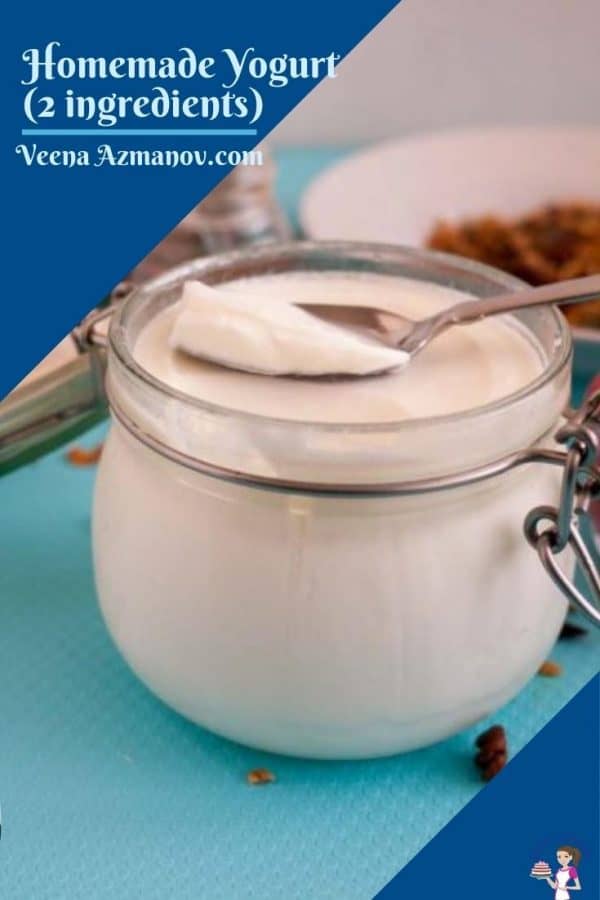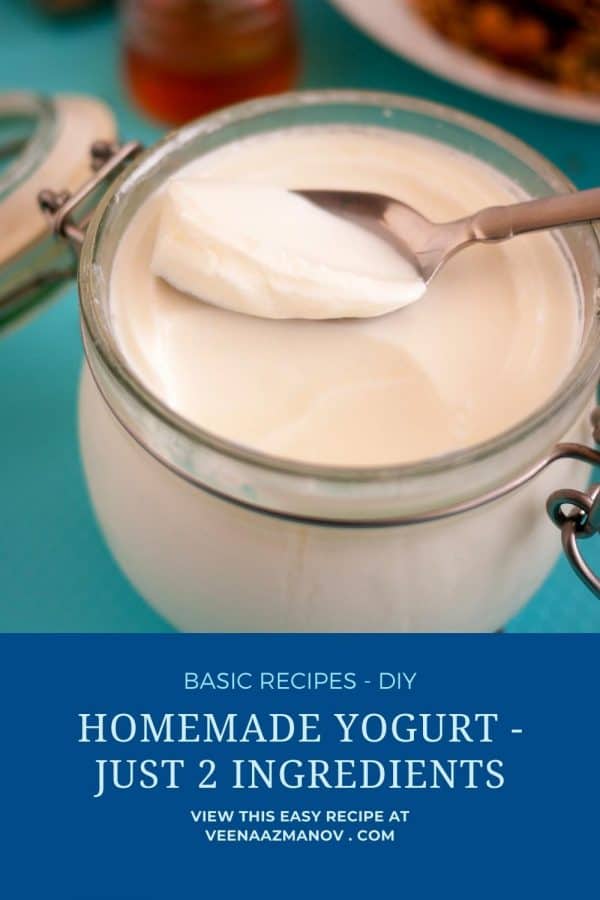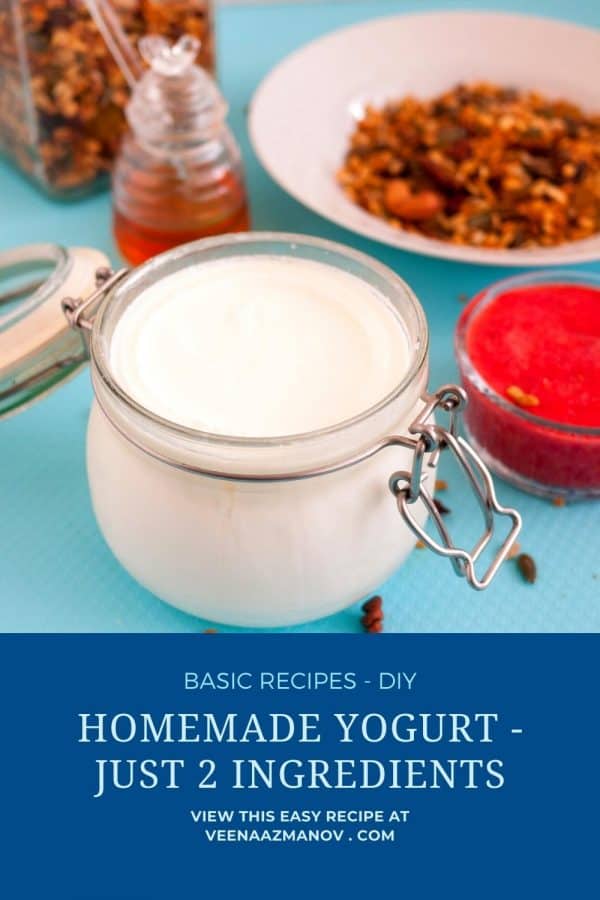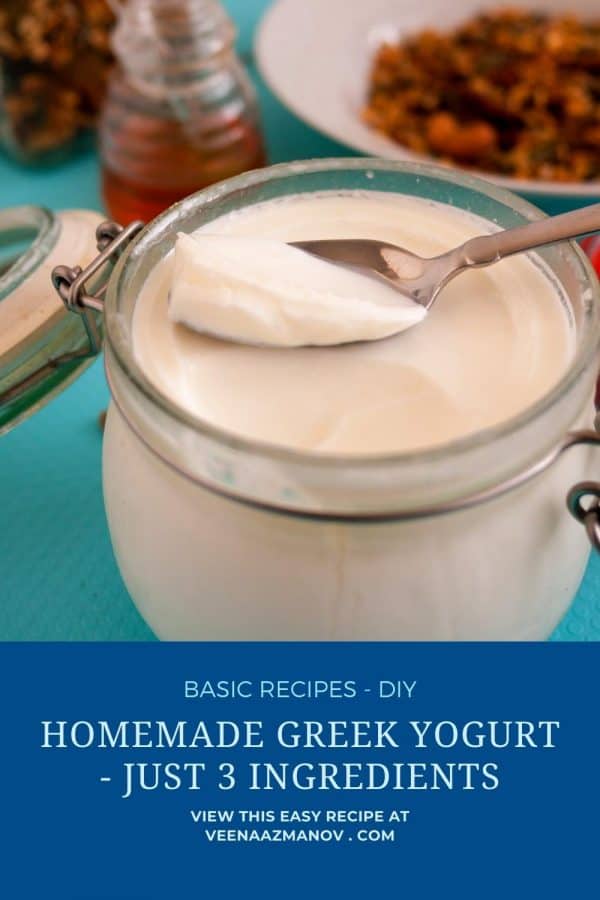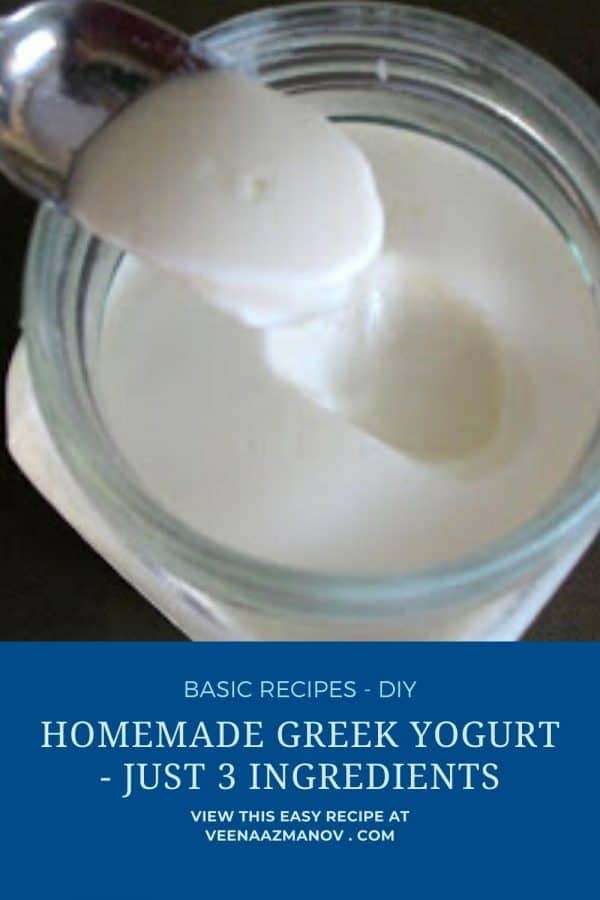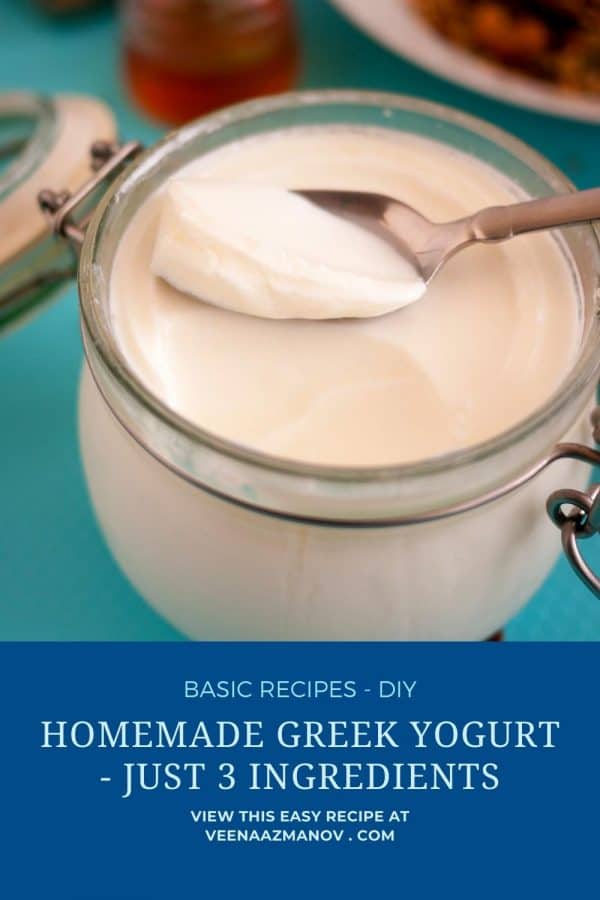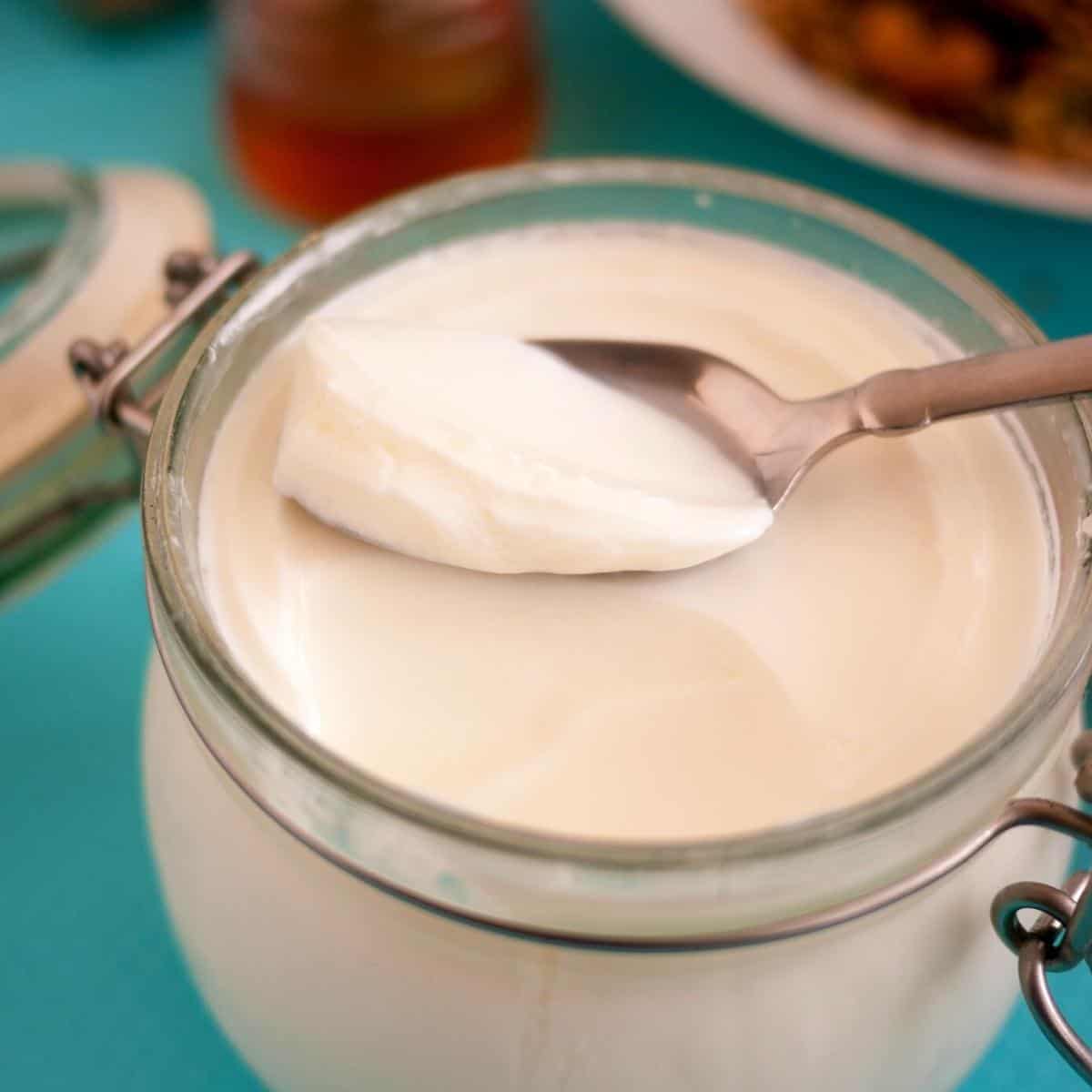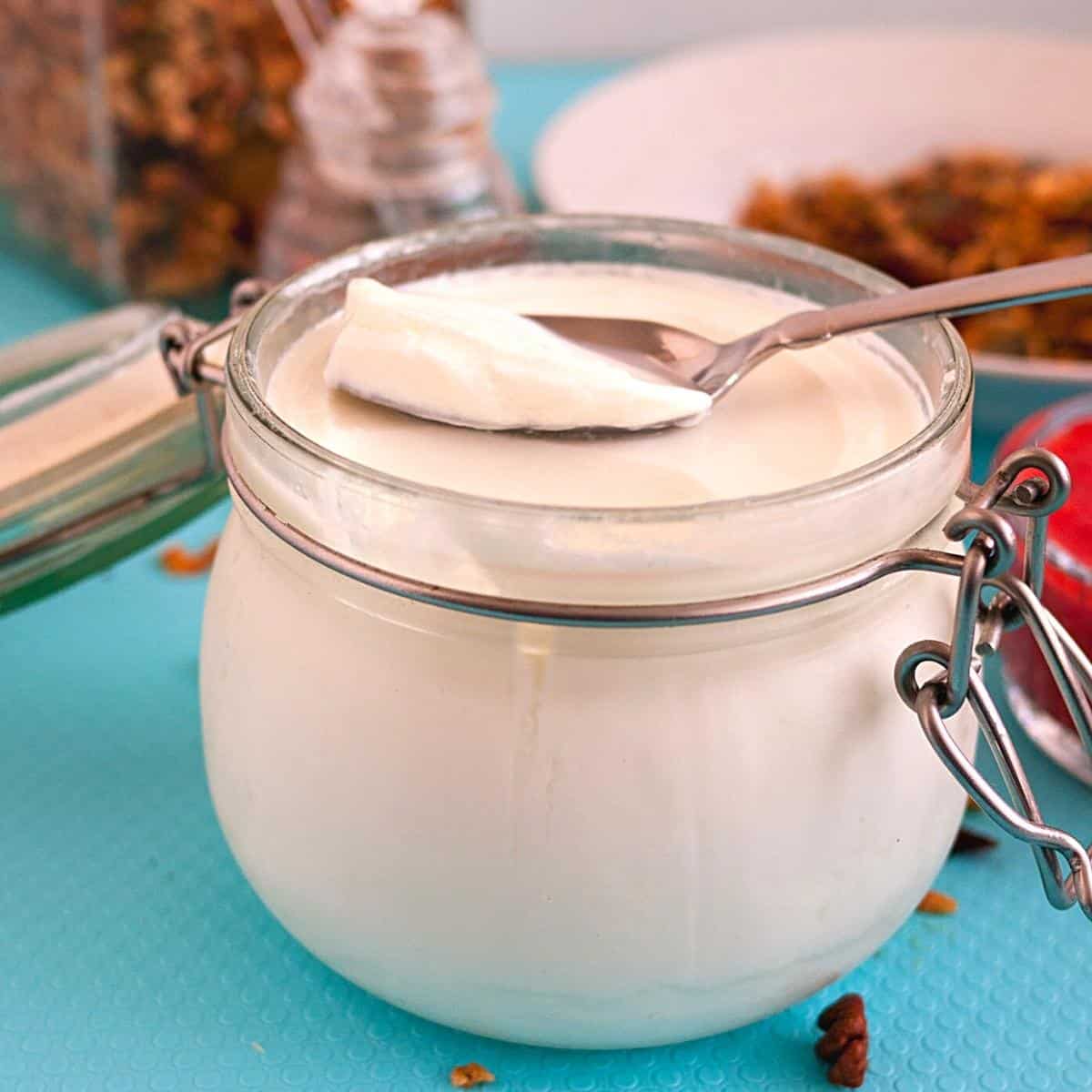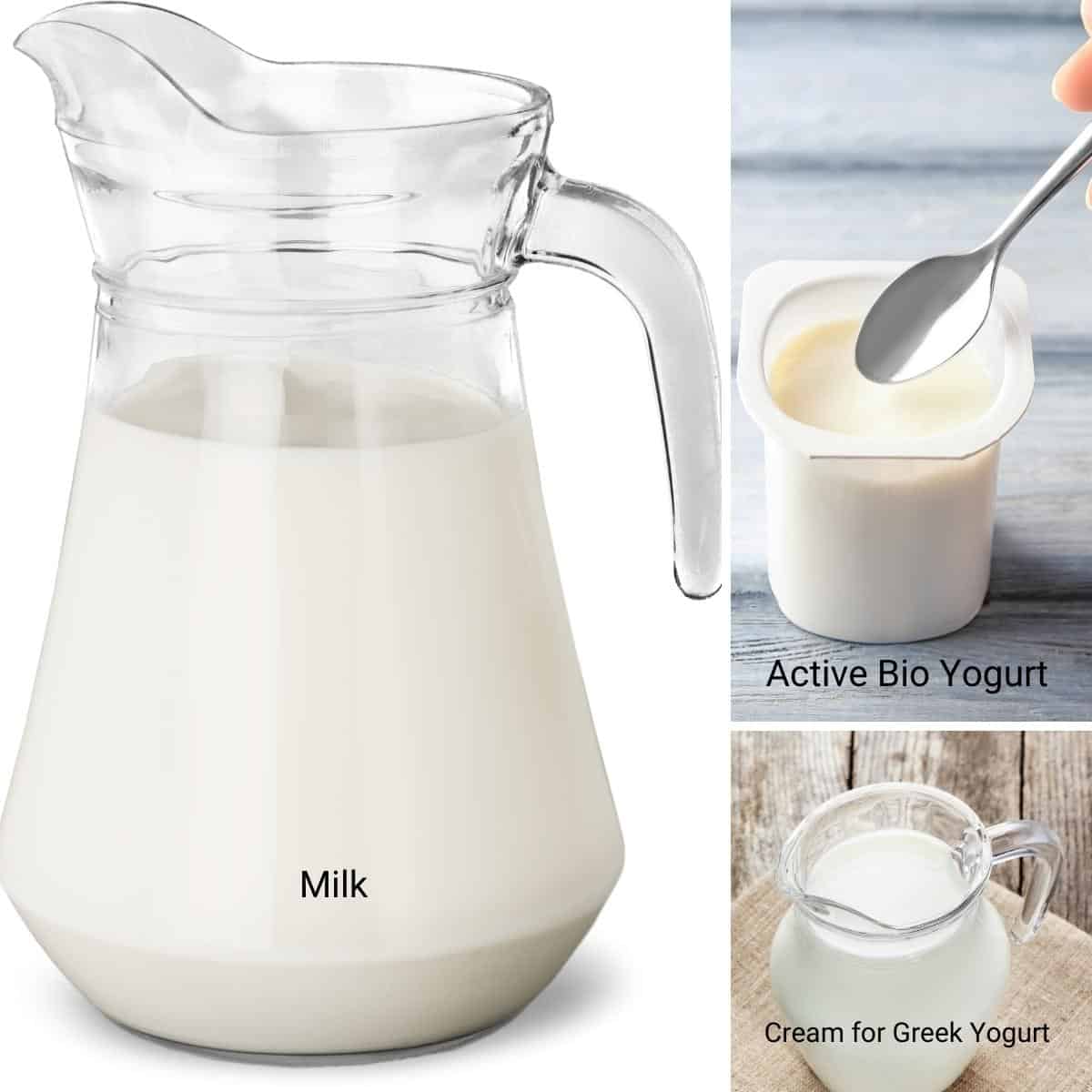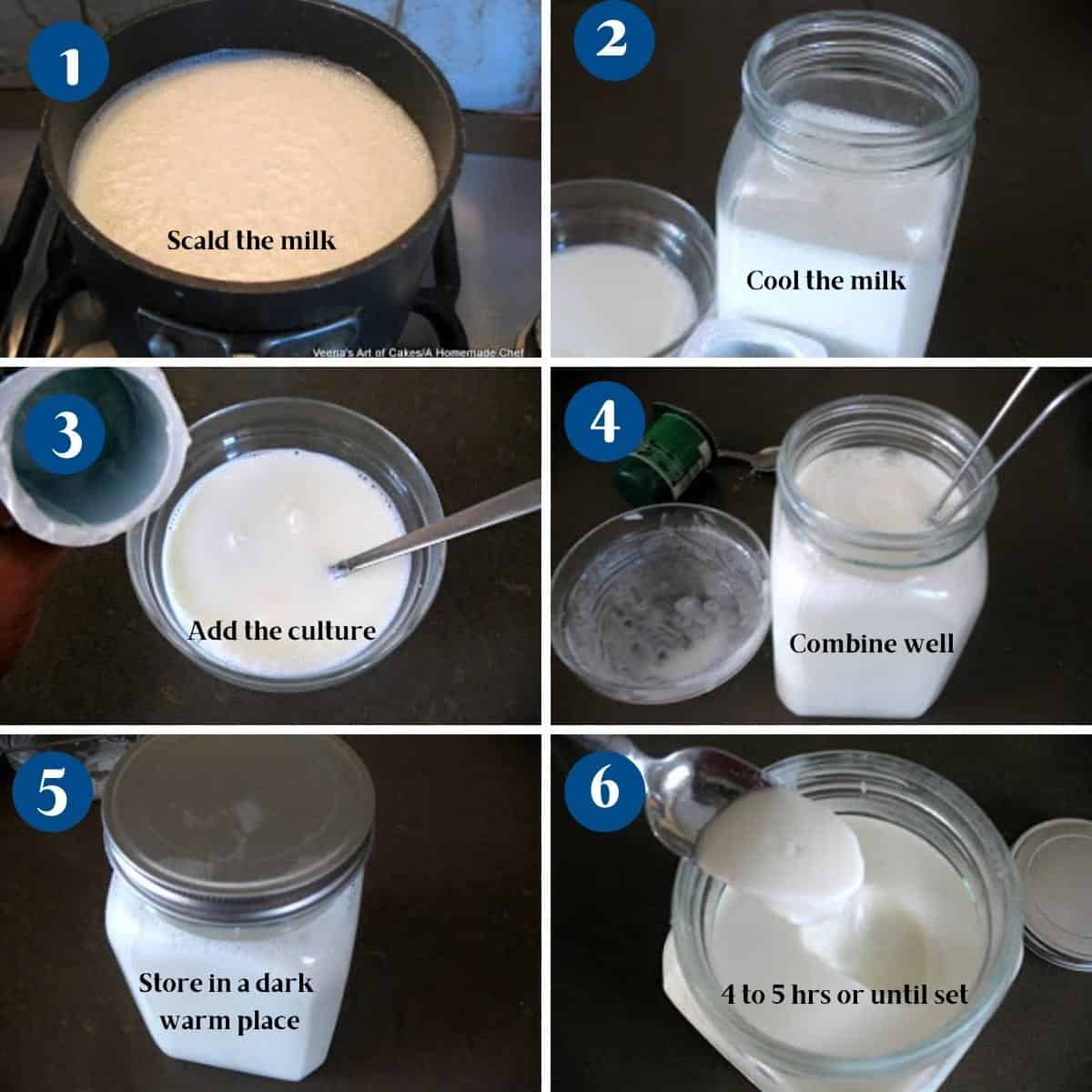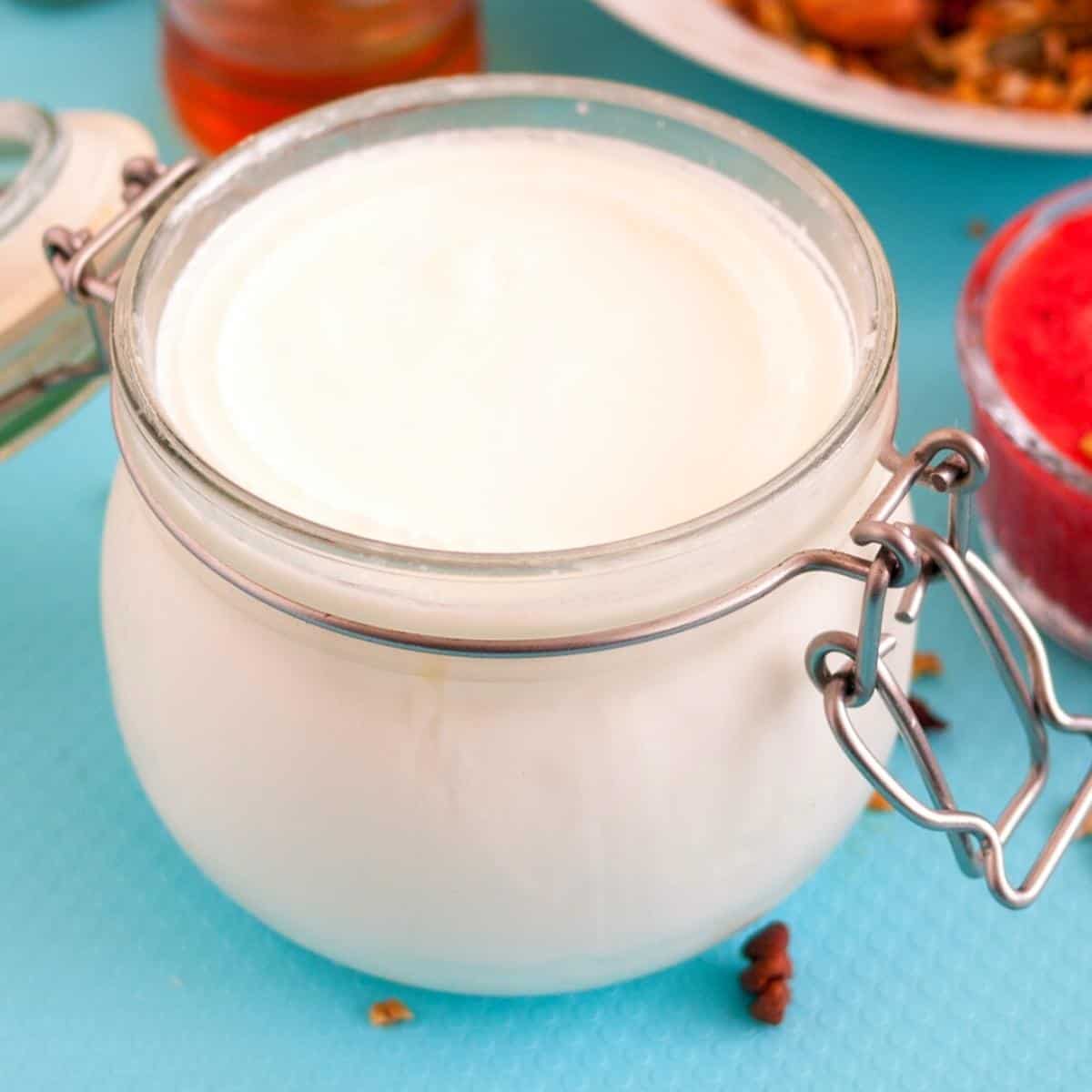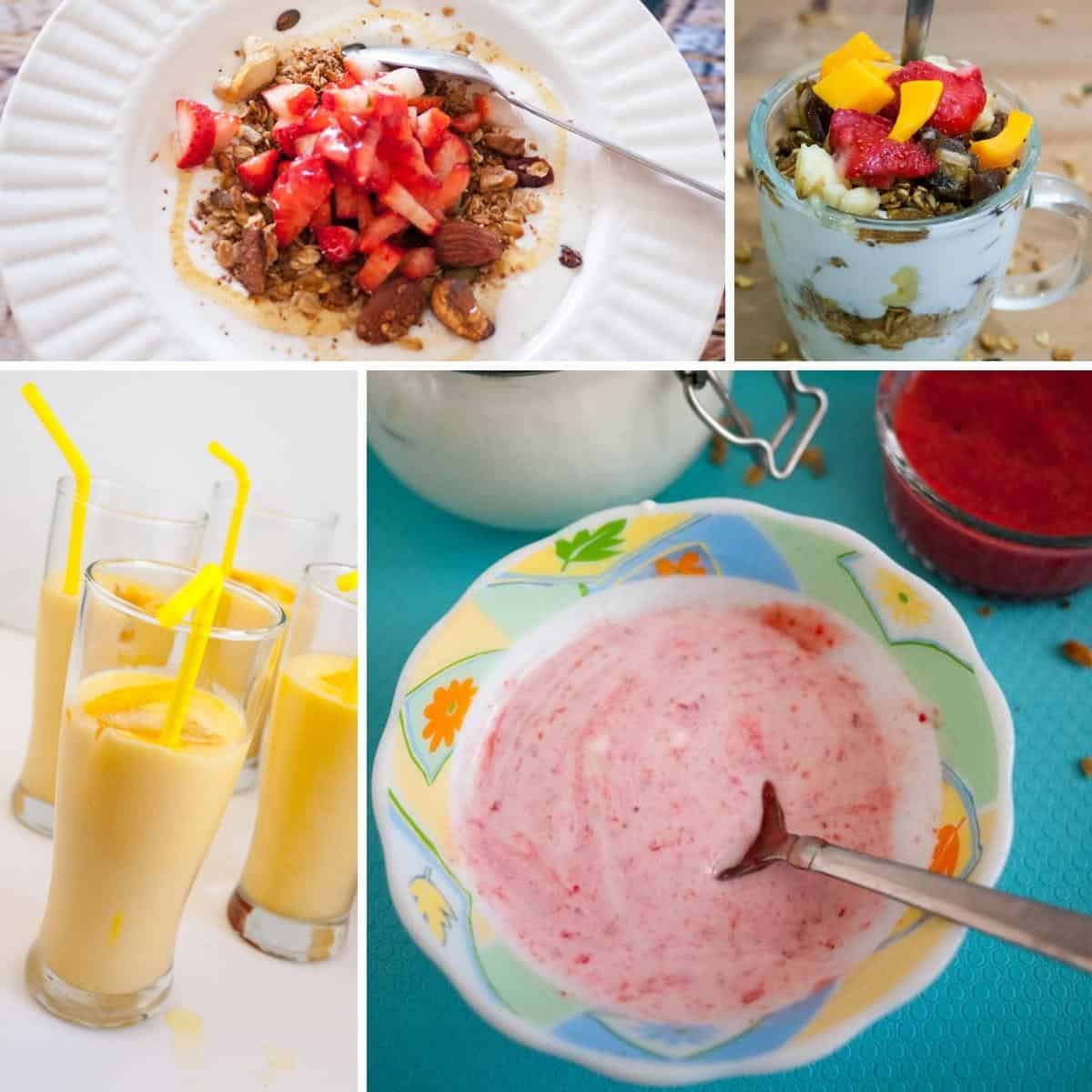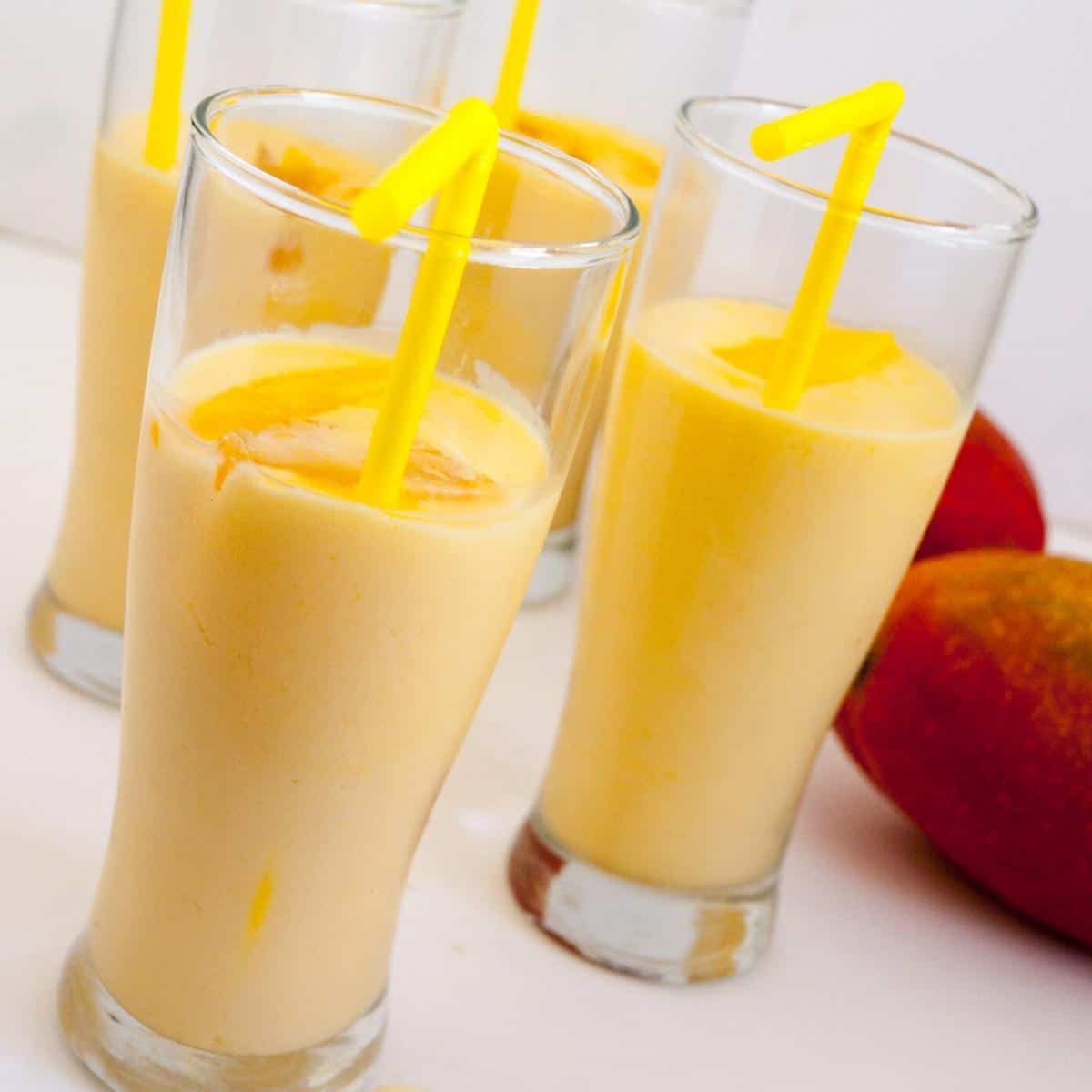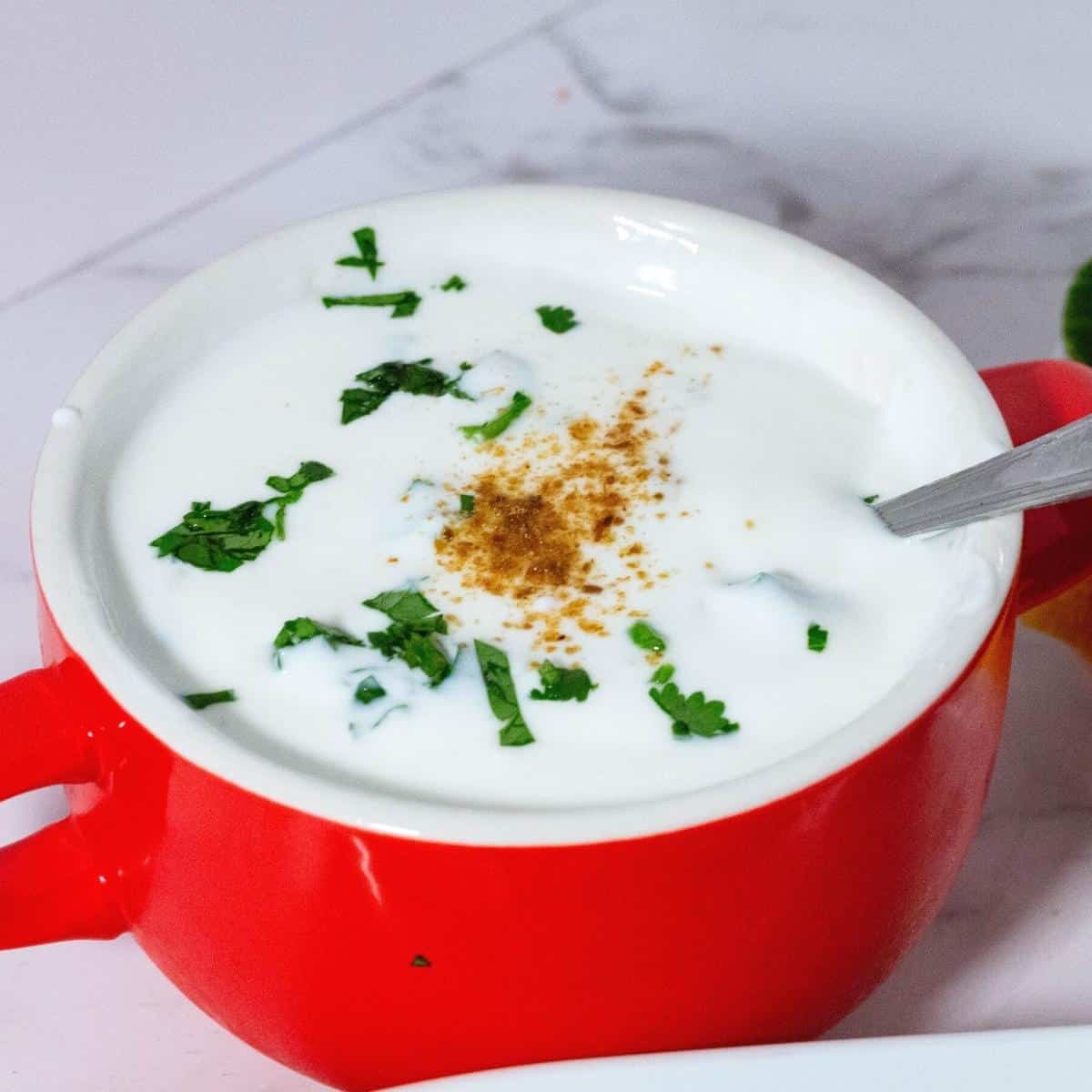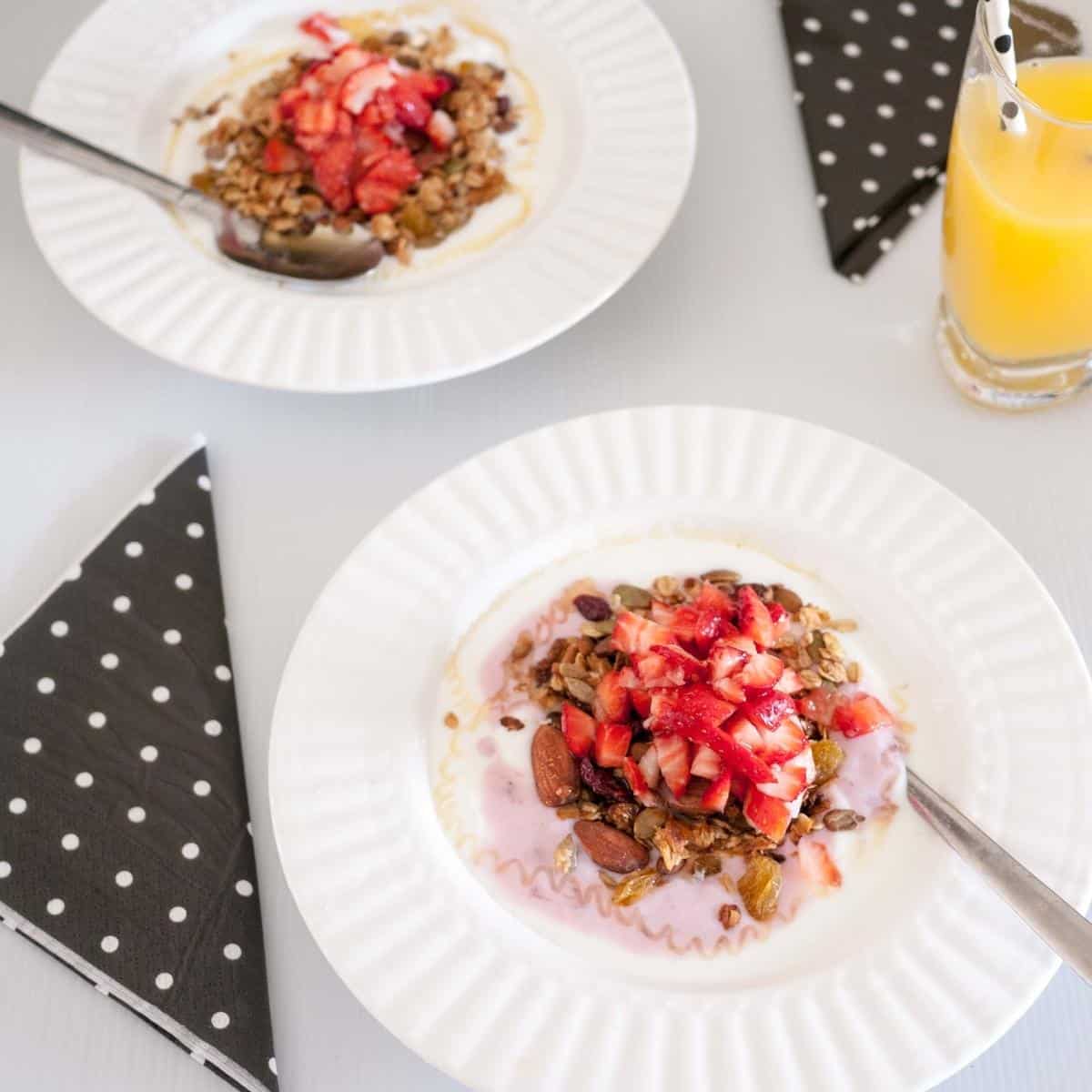Yogurt is a dairy product made by fermenting milk with live bacterial cultures. The fermentation process gives it its tangy flavor and creamy texture. The live cultures, often consisting of strains of bacteria such as Lactobacillus bulgaricus and Streptococcus thermophilus, are what gives itits probiotic properties, which are believed to be beneficial for digestion and overall gut health. Yogurt can be made from various types of milk, such as cow’s milk, goat’s milk, or even plant-based milk like almond milk or soy milk. It can be eaten plain or flavored, and it is often used in cooking and baking as well. Greek yogurt is a type that is thicker and creamier than regular yogurt. It is made by straining out the whey, which is the liquid remaining after the milk has been curdled and strained, giving Greek yogurt its thick texture and slightly tangy flavor. Greek yogurt is also higher in protein and lower in carbohydrates compared to regular yogurt, making it a popular choice for those looking to increase their protein intake or reduce their carbohydrate consumption. It can be eaten on its own, used as a topping or dip, or incorporated into recipes in place of sour cream or mayonnaise for a healthier alternative.
Step-by-step: Homemade yogurt (with starter)
Scald – pour milk into a saucepan and heat on medium until it almost comes to a boil. (180°F or 82°C) Cool – Cool the milk to room temperature (110°F or 43°C). Pour the milk in a glass jar or stainless steel bowl but do not use aluminum.Pro tip – You do not need a thermometer. Just leave it until it is barely warm similar to milk used for making bread. Culture – Add the active yogurt to the milk and combine well with a whisk.Pro tip – I like to take half a cup of milk in a bowl and add the yogurt. Use a whisk to ensure there are no lumps. Then add this to the rest of the milk. Rest – Cover the milk jar with a clean kitchen cloth or paper hand towel and store in a warm place untouched for 4 to 6 hours.Pro tip – Do not put the lid on tightly. The yeast in the milk needs to breathe. Chill – After 4 to 6 hours, it should have been set. Place it in the fridge and let chill for a couple of hours.Pro tip – at this point the culture is set but leaving it in the fridge will help it mature better without becoming too sour.
Step-by-step: Homemade yogurt without starter – bioculture
Scald – pour milk into a saucepan and heat on medium until it almost comes to a boil. (180°F or 82°C) Cool – Cool the milk to room temperature (110°F or 43°C). Pour the milk in a glass jar or stainless steel bowl but do not use aluminum.Pro tip – You do not need a thermometer. Just leave it until it is barely warm similar to milk used for making bread. Culture – Add the citric acid or freeze-dried culture starter to the milk and combine well with a whisk.Pro tip – Adding citric acid to hot milk will cause it to curdle so make sure the milk is at room temperature. Rest – Cover the milk jar with a clean kitchen cloth or paper hand towel and store in a warm place untouched for 4 to 6 hours.Pro tip – Do not put the lid on tightly. The yeast in the milk needs to breathe. Chill – After 4 to 6 hours, it should have been set. Place it in the fridge and let chill for a couple of hours.Pro tip – at this point the culture is set but leaving it in the fridge will help it mature better without becoming too sour.
Step-by-step: How to make Greek yogurt
Scald – pour milk and cream into a saucepan and heat on medium until it almost comes to a boil. (180°F or 82°C) Cool – Cool the milk to room temperature (110°F or 43°C). Pour the milk in a glass jar or stainless steel bowl but do not use aluminum.Pro tip – You do not need a thermometer. Just leave it until it is barely warm similar to milk used for making bread. Culture – Add the active yogurt (or freeze-dried active culture) to the milk and combine well with a whisk. Rest – Cover the milk jar with a clean kitchen cloth or paper hand towel and store in a warm place untouched for 4 to 6 hours.Pro tip – Do not put the lid on tightly. The yeast in the milk needs to breathe. Chill – After 4 to 6 hours, it should have been set. Place it in the fridge and let chill for a couple of hours.Pro tip – at this point the culture is set but leaving it in the fridge will help it mature better without becoming too sour.
How to make low-fat yogurt?
Low-fat is made exactly the same way as above using low-fat milk. (1% or 2%). Due to the lack of sufficient milk fat
Cost-effective: Making yogurt at home can be more cost-effective than buying it from the store, especially if you consume yogurt regularly. Control over ingredients: When you make yogurt at home, you have full control over the ingredients, allowing you to choose the type of milk and any additional flavorings or sweeteners you want to add. Customization: Homemade yogurt can be customized to suit your preferences. You can adjust the fermentation time to control the tartness and thickness of the yogurt, and you can also experiment with different types of milk and cultures for unique flavors and textures. Nutritional benefits: Homemade yogurt contains live active cultures, which are beneficial for gut health. By making yogurt at home, you can ensure that the cultures are fresh and plentiful. Reduced waste: Making yogurt at home can help reduce waste, as you can reuse the same culture from batch to batch instead of buying new containers of yogurt each time.
It may take longer for the culture to develop so instead of 4 to 6 it may take up to 8 or more hours The appearance of low-fat is that it can be thinner because it has more whey and less milk fat. Commercial low-fat varieties are thickened. You can thicken the low-fat milk using no-fat milk powder or a tiny amount of unflavored gelatin. Add the gelatin to the milk while still cold, then continue with the recipe below.
How to make fruit yogurt?
It is straightforward to make fruit flavored at home. In fact, all you need is fruit puree or fresh, finely chopped fruits.
Add 2 tbsp fruit puree to 1 cup of homemade yogurt (or 1 cup puree to 4 cups yogurt) And, depending on the fruit you use, you may or may not need a drizzle of honey or maple syrup for sweetness.
How to make a yogurt drink?
The most delicious way to use it is in smoothies and yogurt drinks. Blend the following in a blender until smooth.
1 cup yogurt, (regular or Greek) 1 cup ice and 1 tbsp honey, maple, or agave syrup. Add 1 cup of chopped fruits to make an amazing fruit yogurt drink. See all my milkshakes, smoothies and drinks
Troubleshooting
Yogurt is not thick enough: Make sure you are using a starter with live active cultures. Increase the incubation time to allow the yogurt to ferment longer. Strain the yogurt through a cheesecloth or fine mesh strainer to remove excess whey and thicken the yogurt. Yogurt is too thin: Ensure the milk is heated to the correct temperature (around 180°F or 82°C) before cooling it to the incubation temperature (around 110°F or 43°C). Use a yogurt starter with a higher concentration of active cultures. Increase the incubation time to allow the yogurt to ferment longer. Yogurt has a grainy texture: This could be due to overheating the milk or cooling it too quickly. Heat the milk gently and allow it to cool gradually. Ensure the yogurt starter is well mixed into the milk before incubation. Yogurt has a sour or off-flavor: Check the temperature during incubation to ensure it stays around 110°F (43°C). Lower temperatures can result in a sour flavor. Use a fresh yogurt starter with live active cultures. Avoid incubating the yogurt for too long, as this can also result in a stronger, more sour flavor. Mold or off-color spots on the surface of the yogurt: This could indicate contamination. Make sure all utensils and containers are clean and sanitized before use. Avoid exposing the yogurt to air during incubation and storage. Yogurt is too tart or acidic: Reduce the incubation time to achieve a milder flavor. Use a yogurt starter with a lower acid-producing culture. Yogurt does not set or thicken: Check the temperature during incubation to ensure it stays around 110°F (43°C). Use a yogurt starter with a higher concentration of active cultures. Ensure the milk is not ultra-pasteurized, as this can inhibit the growth of yogurt cultures.
Frequently asked questions
Creative ways to use yogurt or Greek yogurt
Marinades: Use yogurt as a base for marinades for meats like chicken or lamb. The acidity and creaminess of yogurt help tenderize the meat and add flavor. Dips and spreads: Mix yogurt with herbs, spices, and other ingredients to create flavorful dips and spreads such as hummus or tahini for vegetables, crackers, or bread. Smoothies: Add yogurt to smoothies for a creamy texture and added protein. It pairs well with fruits like berries, bananas, and mangoes. Salad dressings: Use yogurt as a base for salad dressings, either alone or mixed with other ingredients like olive oil, lemon juice, and herbs. Baking: Substitute yogurt for butter or oil in baking recipes like muffins, cakes, and pancakes. It adds moisture and richness to the baked goods. Frozen treats: Mix yogurt with fruit puree and honey, then freeze it in popsicle molds for a refreshing summer treat. Toppings: Use yogurt as a topping for savory dishes like curries or chili, or sweet dishes like fruit salads or desserts. Yogurt bowls: Create yogurt bowls by layering yogurt with granola, nuts, seeds, and fruits for a nutritious and filling breakfast or snack. Sauces: Use yogurt as a base for creamy sauces for pasta or vegetables. It adds a tangy flavor and creamy texture to the dish. Baked goods: Use Greek yogurt in baking recipes to add moisture and protein. It works well in muffins, cakes, and bread.
Homemade Dulce De Leche Homemade Caramel Sauce Creamy Caramel Filling for Cakes Tarts Desserts Homemade Butterscotch Sauce
Thank you for sharing - Save for later

